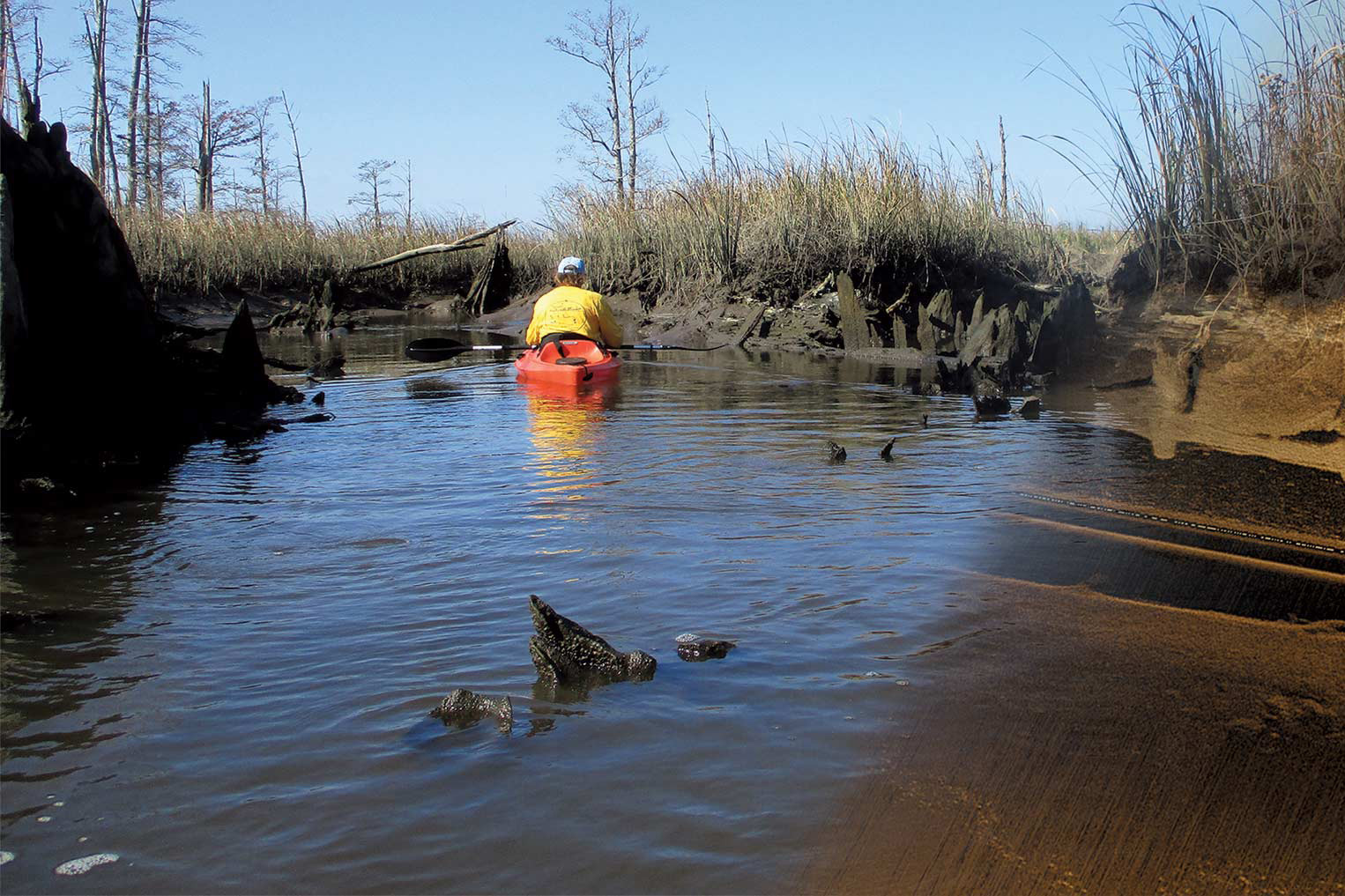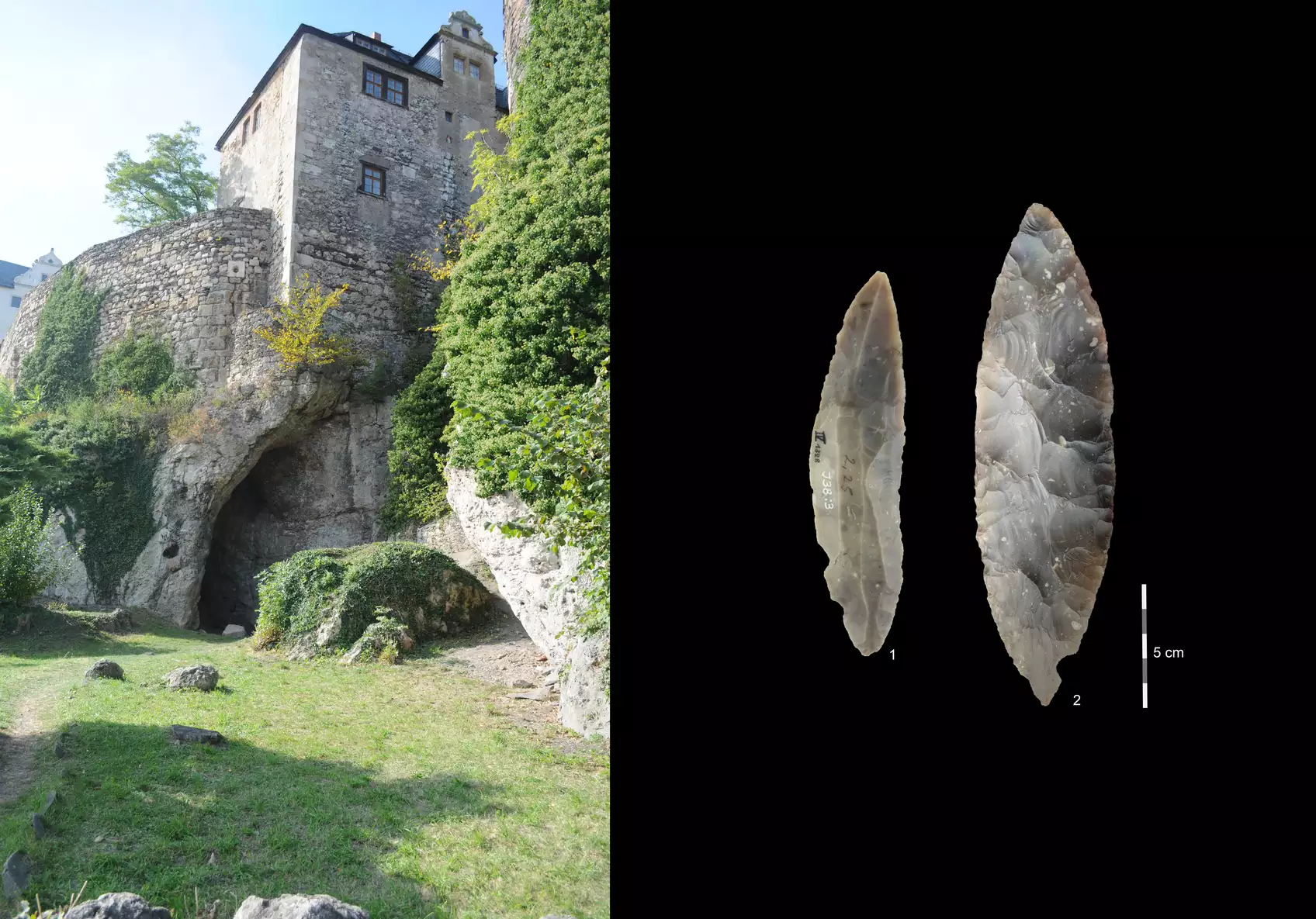Tulane University’s Middle American Research Institute receives grant for mapping of Maya civilization
Tulane UniversityThe Middle American Research Institute (MARI) in Tulane University’s School of Liberal Arts has received a $1.5 million grant from the Hitz Foundation to conduct innovative archaeological research on the Maya civilization of Mexico and Central America.

















20231127105913.jpg&width=400&height=400)












